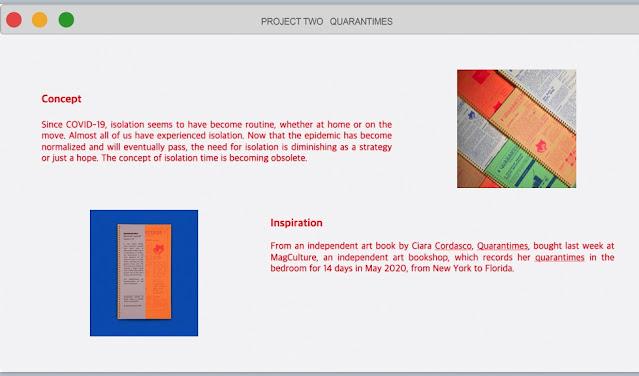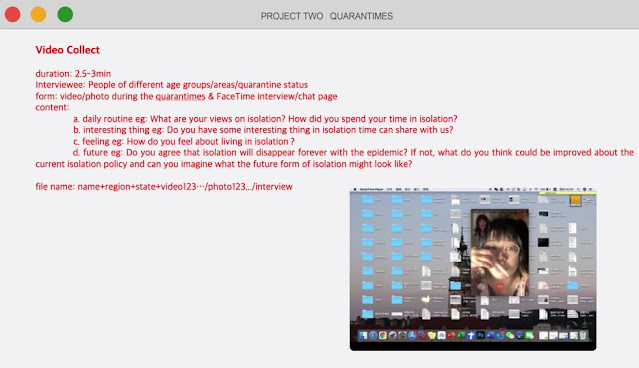Obsolescence
INTRODUCTION
It is a common misconception that the Kodak company missed out on the digital age. Kodak invented the first-ever digital camera in 1975. But instead of researching and developing the new technology, Kodak continued to invest in its established and profitable business model of disposable films and repeat business. The advent of digital photography and later the integration of cameras with smartphones resulted in the end of the 35mm analogue camera on a commercial level and ultimately saw Kodak filing for bankruptcy.(Waters, R; Bradshaw T, 2012, FT.com).
Another example is the Compact Disc. The dominance of the CD in the 1980s resulted in a big fall in vinyl record sales. However, the compact disc itself has now become obsolescent, now that the audience for music has shifted from ownership to streaming access.
But it’s not just commercial products and technology that fall into the void of near extinction. Landlines, black (taxi) cabs, linguistic formulations, dialects, cultural rituals, handwritten letters, and faxes are all further examples of systems, services, processes and behaviours that have become obsolescent as a reaction to changing shifts in communities, demographics, automation and digital advancement. Changes in retail shopping habits continue to have an impact on the High Street as sales decline, while online shopping continues to rise in the advent of mobile, app and digital technology.
Many obsolescent (and even obsolete) images and designs live on in the form of skeuomorphs: objects or apps that retain design cues taken from superseded functions. Examples include e-mail icons that resemble envelopes, electric lamps that imitate candles, electric kettles that resemble hob kettles, smartphone ringtones that sound like old-style telephone bells.
It might be argued that obsolescence resides in the hands and minds of the consumer, where collectively the public have the power to shift and control the future and the past of a business, product or service or system. It is easy to identify what is obsolete. Obsolescence – especially on its early stages – it harder to see. But it is through the onset of obsolescence that we begin to see and understand the changes that are occurring in our society.
On this project you will be working in small groups to locate and research a product, service, system or process that in recent years has become increasingly obsolescent. You will need to work together as ‘problem finders’ to research and identify the following: the obsolescent factor that you have observed; the factors that have impacted or are impacting on the obsolescence; to provide a critical perspective and speculation on the future of your obsolescent product, service, system or process.
A key part of this project is obtaining external feedback and communication. To support your project outcome you will need to contact at least two key external personnel groups: a) the experts b) the users You will need to locate, communicate with and obtain perspectives from one or more experts and users within the field of your chosen factor.
MY FINAL WORK
We approach this topic from two angles, the first being that of an expert. These include psychology, pathology, and sociology. We have read the relevant literature and contacted and interviewed experts in relevant fields, and reached the following conclusions.
At the level of individual mental health, isolation deprives people of physical contact with the outside world, with varying degrees of negative emotional and physical effects. At the level of family mental health, more domestic violence and sexual abuse emerge, causing psychological and physical trauma to adults and children. Second, news and social media during a pandemic often make us anxious, especially fake news and targeted debates on social media.
On the economic front, the impact of the pandemic on the world has had a severe effect on the macro economy. The reason for this is that turmoil in financial and capital markets has been dampened by the impact of the new guidance on positioning. It is an aspect of controlling financial and capital market volatility. Another reason is the impact of the quarantine measures of the epidemic on the consumer and production sides. On the political front, social connections are essential to improve the impact of the pandemic on society. We must consider the social impact of health, transport, housing, employment, nutrition, water, and sanitation. This requires multi-sectoral cooperation to solve.
From a medical point of view, we learned that experts designed a movable negative pressure isolation room for isolation, using harmful pressure air to isolate infections. Negative pressure systems are often referred to as "patient isolation tents" or "negative pressure isolation tents". A medical shelter equipped with a negative pressure system can be used as a self-contained structure or can be easily expanded to create isolation wards and mobile hospitals. Responding to any part of the world with rapidly deployable and scalable medical facilities is a matter of life and death during a virus outbreak.
Another is the perspective of the quarantined, including those who have been quarantined and those who are currently quarantined. The population we surveyed was divided into children, young adults, and the elderly. We asked them about their views on quarantine through questionnaires and video interviews. Most people think isolation is boring, but there are a few who enjoy isolation.
We learned about quarantine policies in different countries from quarantined people in different countries, including the UK, China, Canada, Italy, Indonesia, the Netherlands, and the US. And collected the quarantine life of different quarantine people and their expected way of future quarantine.
Reference
BLU-MED. 2022. Negative Pressure Isolation Rooms & Treatment Facilities | BLU-MED. [Online] Available at: <https://blu-med.com/negative-pressure-isolation-rooms/> [Accessed 14 February 2022].Cloud, D., Ahalt, C., Augustine, D., Sears, D. and Williams, B., 2022. Medical Isolation and Solitary Confinement: Balancing Health and Humanity in US Jails and Prisons During COVID-19. OPEC Systems. 2022.
Patient Isolation Systems - OPEC Systems. [Online] Available at: <https://opecsystems.com/health/patient-isolation-systems> [Accessed 14 February 2022].
2022. Available at: <https://www.mckinsey.com/business-functions/strategy-and-corporate-finance/
our-insights/the-coronavirus-effect-on-global-economic-sentiment> [Accessed 14 February 2022].
Research, O. and Research, C., 2022. The economic impact of COVID-19. Research.ox.ac.UK.
Available at: <https://www.research.ox.ac.uk/article/2020-04-07-the-economic-impact-of-covid-19> [Accessed 14 February 2022].
2022. [online] Available at: <https://www.mckinsey.com/business-functions/strategy-and-corporate-
finance/our-insights/the-coronavirus-effect-on-global-economic-sentiment> [Accessed 14 February 2022].













